A new study has unveiled the molecular mechanisms that explain why porous materials can absorb violent shocks. The work also provides clues on how it might be possible to design new materials to withstand heavy impacts.
Porous materials are widely known for their applications in gas adsorption and filtration. But, for decades, scientists have also been interested in their shock-absorbing potential. Researchers from Belgium and the UK were studying this shock-absorption behaviour in zeolitic imidazolate frameworks (ZIFs), a type of metal-organic frameworks with structural and topological properties that are characteristic of zeolites. ‘Originally, they were not created for shock absorption,’ explains Yueting Sun from the University of Birmingham, UK, co-first author of the paper. ‘However, this was a known application in zeolites and, given their similarities, the connection seemed pretty evident.’
To study ZIFs shock-absorption properties, nanoporous materials and water are sealed together in a stainless-steel chamber. Upon a mechanical impact, water molecules try to enter the ZIF’s pores. Their hydrophobicity makes intrusion hard, thus the shock’s mechanical energy is spent forcing water into the material. ‘This provides a great alternative to classic shock absorbers,’ says co-first author Sven Rogge from the Center for Molecular Modelling, Ghent University, Belgium. ‘Unlike other materials such as plastics and metals, these new shock absorbers recover their deformation very efficiently,’ he adds. ‘Some ZIFs even withstand over 1000 impact cycles.’
But their work goes beyond testing ZIFs – researchers wanted to understand the mechanisms behind water intrusion to improve future materials design. Beyond lab experiments, they performed computational simulations and discovered hydrogen bonds are fundamental during the intrusion process, hence shock absorption. ‘It’s good to see this mechanism in detail, and the simulations can really help show what happens at the microscopic level … the different possible transitions and steps of the mechanism,’ says François-Xavier Coudert, a molecular simulation expert at IRCP-CNRS in Paris, France. Inferring such details from macroscopic experimental information would be impossible, he says, and it is ‘very hard to obtain with in operando techniques’. Coudert argues that, although the mechanism is common for wetting and de-wetting of hydrophobic nanopores, ‘this effect was carefully measured … and tied to macroscopic performance of the material’.
‘The key step is the formation of little clusters of about four water molecules inside the ZIF,’ comments Rogge. Then, the formation of further hydrogen bonds favours intrusion. ‘This nucleation process controls water transport throughout the material.’
Dan Zhao, an expert in porous materials at the National University of Singapore, believes that ‘these experiments reveal the shock absorption performance at conditions resembling practical applications’. These findings also led to comprehensive guidelines to validate and design new materials – even beyond ZIFs – for shock absorption. The authors identified 17 promising candidates using these rules. ‘The molecular mechanism rationalises the macroscopic shock absorption behaviour,’ adds Zhao. ‘These contributions would benefit the materials research community to further explore … and design novel materials for this application.’
References
Y Sun et al, Nat. Mater., 2021, DOI: 10.1038/s41563-021-00977-6


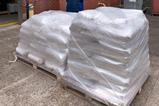




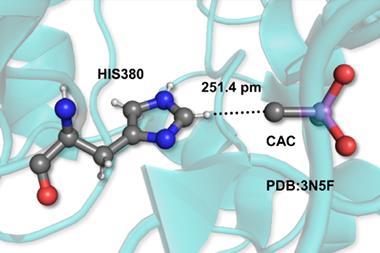
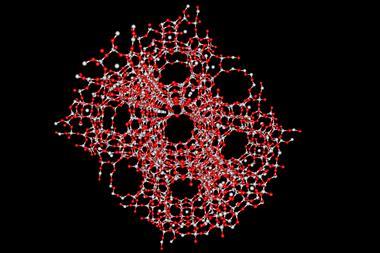
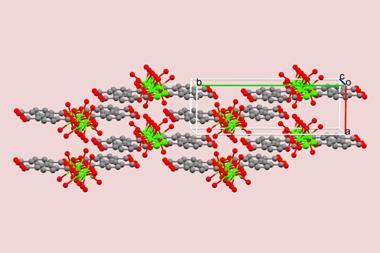

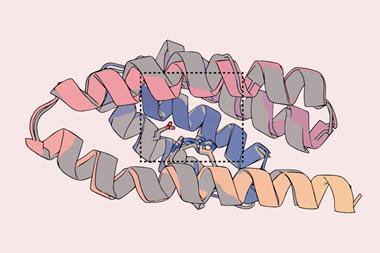

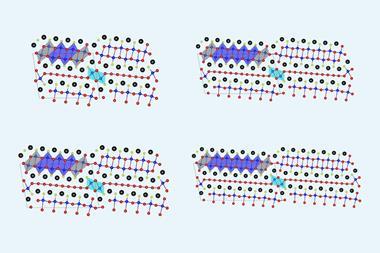
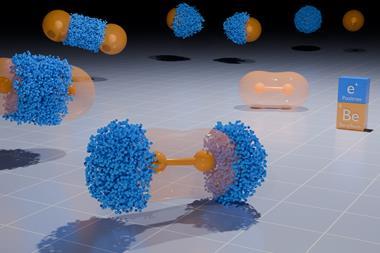

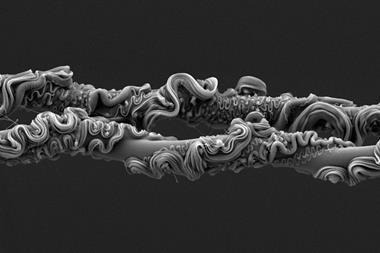
No comments yet